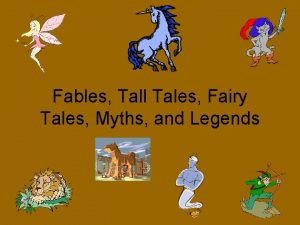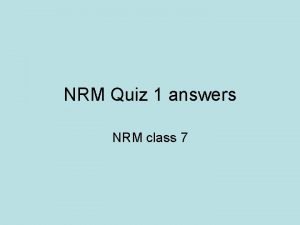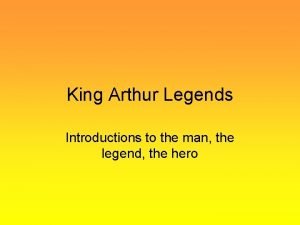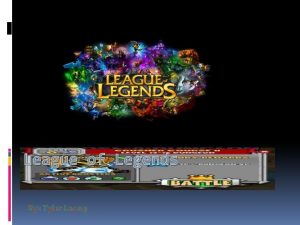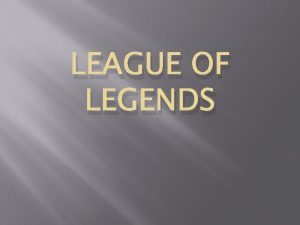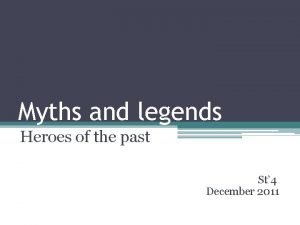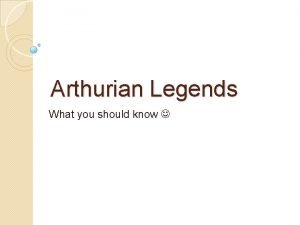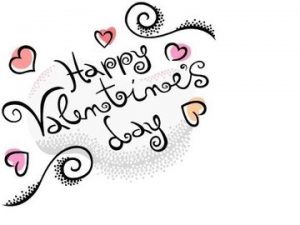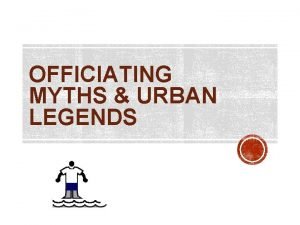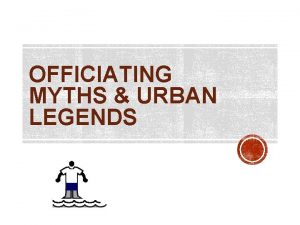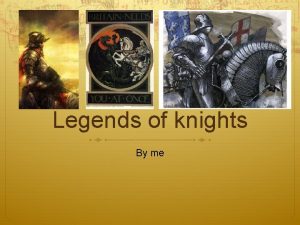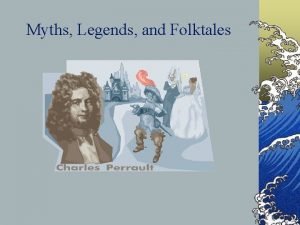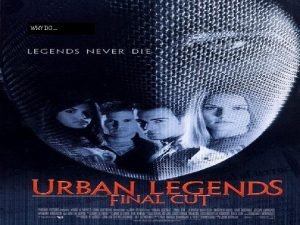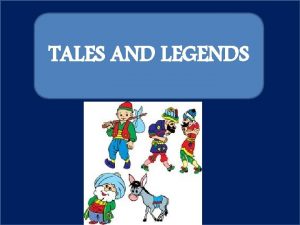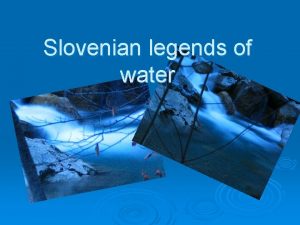Changling Or is it Changling legends from a










- Slides: 10

Changling … Or is it? Changling legends from a new perspective Research Center for Disability Studies University of Iceland Eva Þórdís Ebenezersdóttir.

To day • Legends, what are they and what can be learned from them. • The moral model of disability and legends. • Changeling legends. • Why does this matter for disability studies and the disability rights movement. Eva Þórdís Ebenezersdóttir.

What is a Legend? • The legend is a legend once it entertains debate about belief. Short or long, complete or rudimentary, local or global, supernatural, horrible, mysterious, or grotesque, about one's own or someone else's experience, the sounding of contrary opinions is what makes a legend (Linda Dégh 2001 ). Eva Þórdís Ebenezersdóttir.

• Legend, typically, is a traditional, (mono)episodic, highly ecotypified, localized and historicized narrative of past events told as believable in a conversational mode. Psychologically, legend is a symbolic representation of folk belief and reflects the collective experiences and values of the group to whose tradition it belongs. (Tangherlini 1990) Eva Þórdís Ebenezersdóttir.

• Folk legends served as a kind of map. On one side, they reminded people of place names and routes, and gave historical depth to these surroundings, populating them with ghosts and other beings of various kinds. On the other, they served as a map of behavior, underlining moral and social values and offering example to follow or avoid. Simultaneously, they reminded people of the temporal and physical borders of their existence, questions of life and death, periods of liminality, insiders and outsiders, and continuously, the physical and spiritual division between the cultural and the wild. . . If the map was followed, you had a good chance of living in safety. If you broke it, you stood an equally good chance of ending up in a folk legend yourself if not on a list of mortality statistics (Gunnell 2005) Eva Þórdís Ebenezersdóttir.

The moral model and Legends • The Moral model is a question of religion and believe. • The legend is intertwined with folk believe. • The legends can depict a believe that reflects a moral understanding of disability. Eva Þórdís Ebenezersdóttir.

Storytelling time Changeling Legends Eva Þórdís Ebenezersdóttir.

Interpretation of changeling legends • Changeling = a child with impairment that influences… – The community – The family – The parents Eva Þórdís Ebenezersdóttir.

The legend can work as a tool to: • Explain impairments. • Exclude and alienate. • Aide mothers to handle their emotions and thoughts. • Set an example of behavior. – Ostension: Iceland 1606 and Gotland 1690. Eva Þórdís Ebenezersdóttir.

But why? • A part of history that is not written in the history books. • To understand the present attitudes we need to understand the past attitudes towards disability. • Cultural heritage as capital. Eva Þórdís Ebenezersdóttir.
